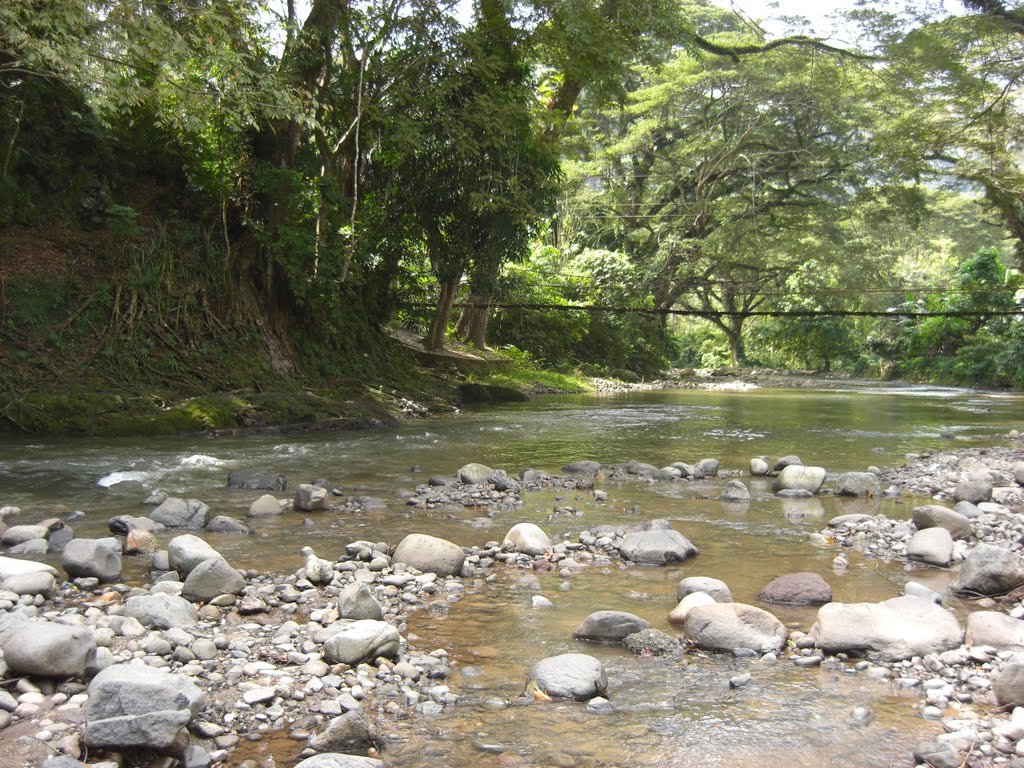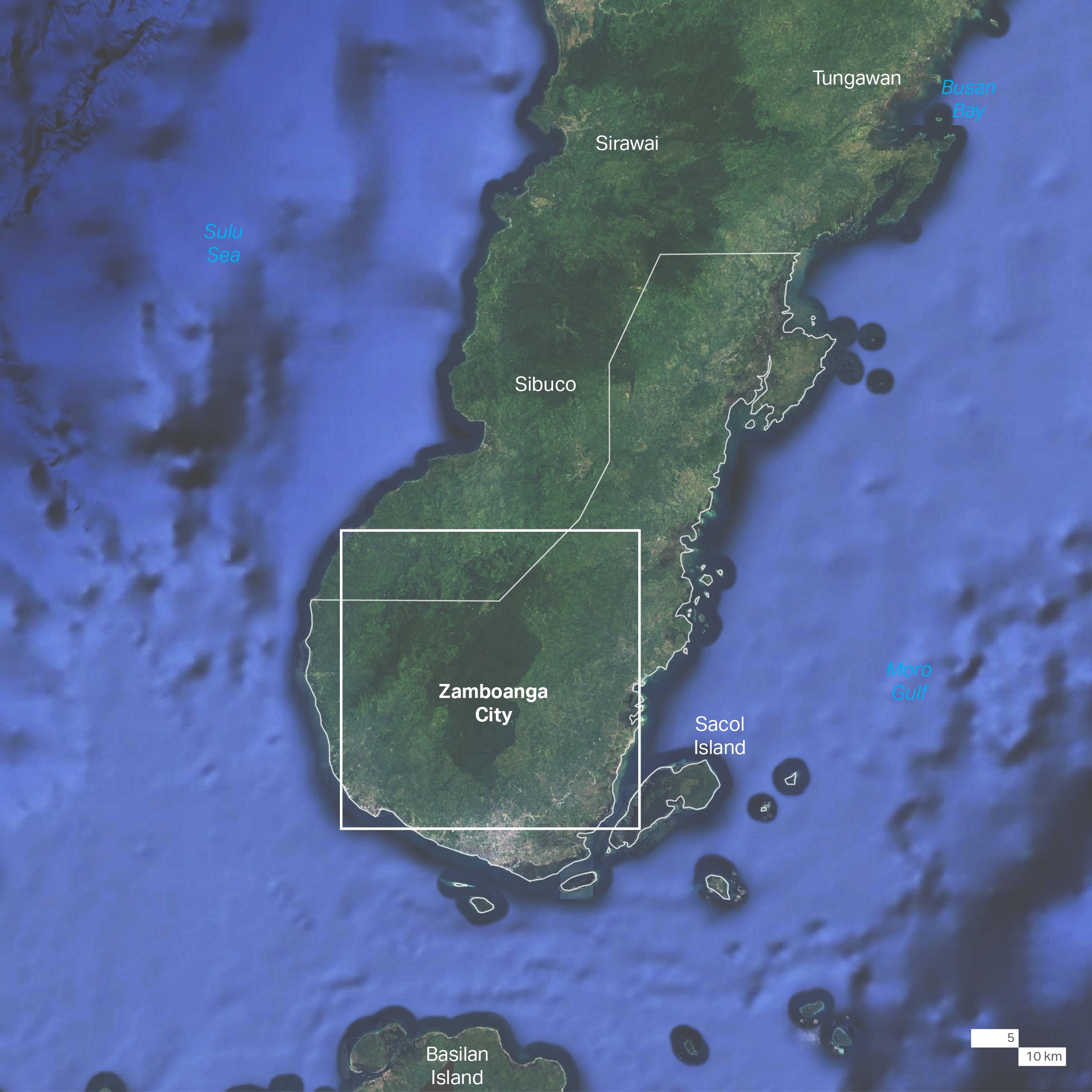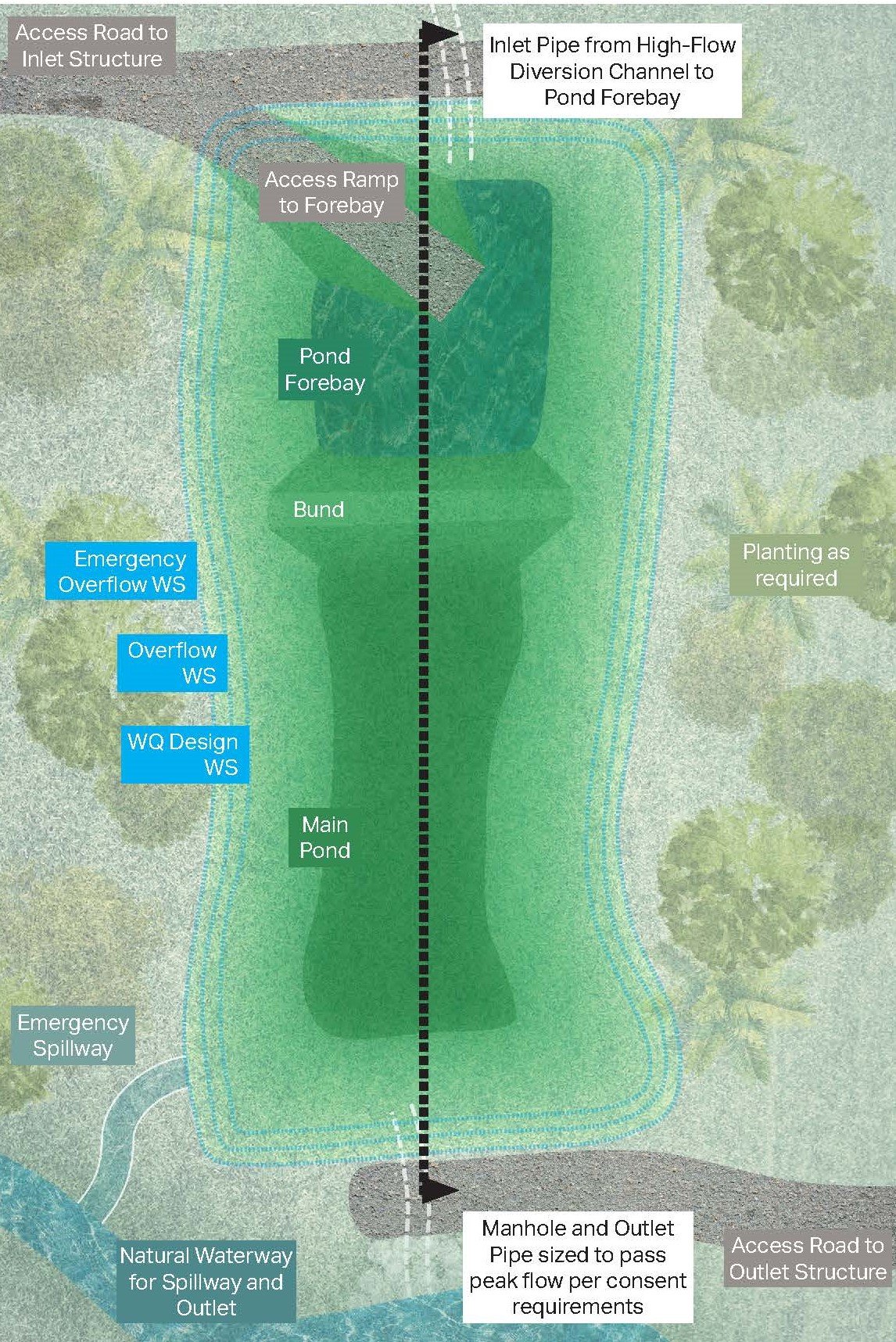
Zamboanga City
Mindanao
Water resources in Zamboanga City’s watersheds are expected to significantly decrease due to observed and projected changes in temperature and rainfall. Climate change impacts agricultural farmlands, residents, and business establishments especially during prolonged droughts that interrupt economic activities and induce social problems in the city.
-
There are six identified watersheds in the city, 11 major river systems emanating from these, and at least 19 communal irrigation systems are being used for irrigation and agricultural purposes.
Despite these natural resources, the residents and business establishments of Zamboanga City have endured the inconvenience of rotational water interruptions lasting up to 4 hours, especially during prolonged droughts induced by the El Niño phenomenon.
Economic activities are interrupted, while the decrease in precipitation and contamination of water supply are identified as secondary impacts. Loss of land and saltwater intrusion are perceived as tertiary impacts with increased incidence of water-borne and vector-related diseases.
-
The proposed green-gray infrastructure develops alternative fresh water sources for the city in the Ayala and Manicahan watersheds.
This will be done through a development of a series of offline catchment basins that can collect surface runoff coming from the uplands. These basins will be built using available rocks and sediments in the area. The small reservoirs can hold water and allow rainwater to be absorbed by the earth when it rains.
This approach will help reduce the issues of water supply while ensuring that biodiversity can thrive. This type of approach will also reduce the impact on the existing ecosystem and local communities of the watersheds as well as carry the potential of becoming a tourist attraction.
-
Utilizing green-gray infrastructure in the Ayala and Manicahan may unlock multiple benefits including:
• Reduce water shortages
• Improve groundwater recharge
• Restore the forest ecosystems
• Generate jobs associated with forest management
in which indigenous communities can be involved
• Sustainable tourism growth
Ultimately, the pilot can make a case for the municipality wide adoption of nature-based strategies to:
• Reliably supply all residents with clean water and sanitation
• Conserve critical habitats and its endangered species

Pasonanca River in Zamboanga’s watershed

Location map 1

Location map 2

Overview of Ayala watershed

Overview of Manicahan watershed

Concept Strategy Plan

Concept Strategy Typical Blow-up Plan

Concept Strategy Typical Section